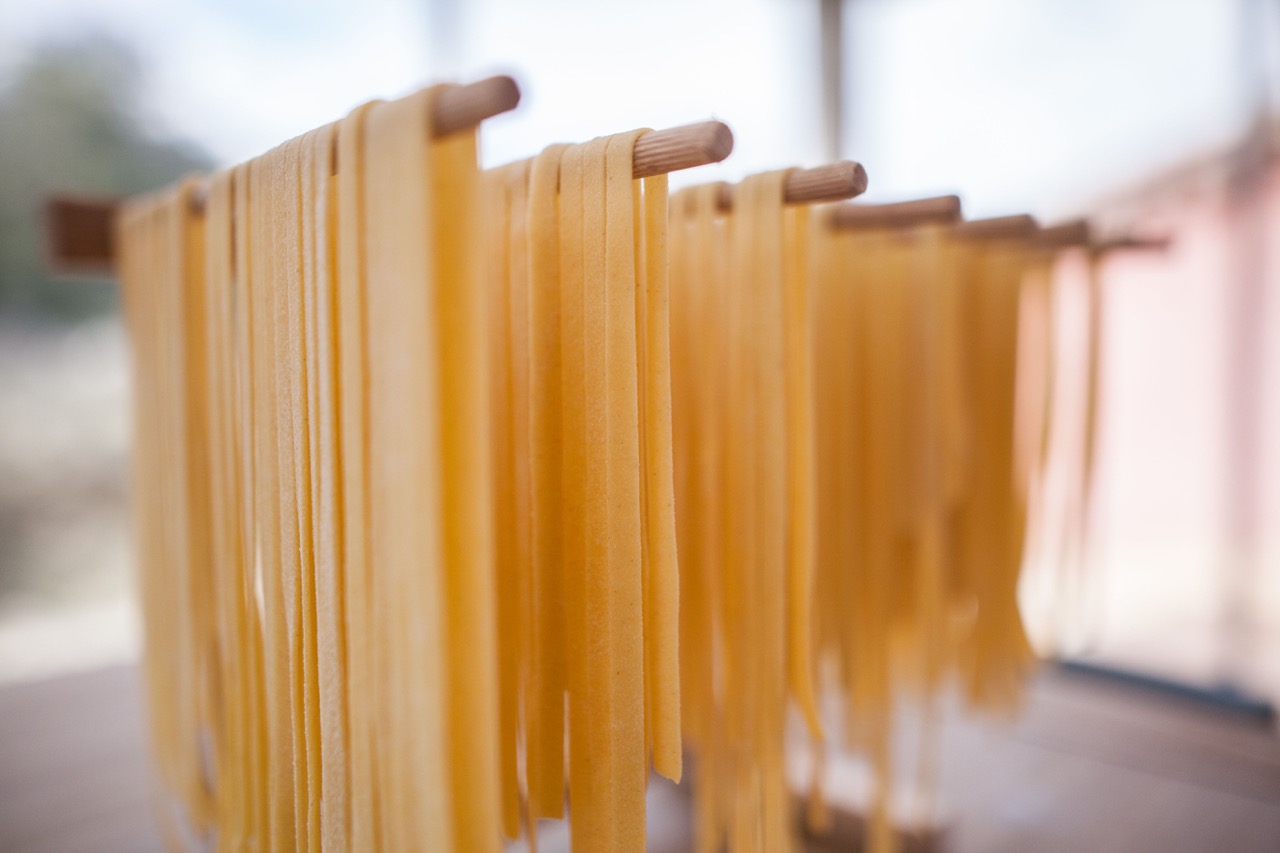

Articles
How To Store Uncooked Pasta
Modified: January 6, 2024
Learn the best methods for storing uncooked pasta to maintain its freshness and quality. Read our informative articles for expert tips and advice.
(Many of the links in this article redirect to a specific reviewed product. Your purchase of these products through affiliate links helps to generate commission for Storables.com, at no extra cost. Learn more)
Introduction
Welcome to the world of pasta perfection! Whether you're a pasta aficionado or a casual fan of Italian cuisine, the art of storing uncooked pasta is an essential skill to master. By preserving the freshness and quality of your pasta, you can ensure that each dish you create is a delectable masterpiece.
Storing uncooked pasta may seem straightforward, but there are several key factors to consider in order to maintain its optimal flavor and texture. From selecting the right storage container to choosing the ideal location for preservation, every step plays a crucial role in safeguarding the integrity of your pasta.
In this comprehensive guide, we will delve into the art of storing uncooked pasta with finesse. Whether you're stocking up on a variety of pasta shapes or simply looking to extend the shelf life of your favorite noodles, this article will equip you with the knowledge and techniques needed to preserve your pasta to perfection.
Join us as we explore the nuances of pasta preservation, from the pantry to the freezer, and uncover invaluable tips for maintaining the freshness of uncooked pasta. Let's embark on this flavorful journey and ensure that your pasta dishes always shine with the tantalizing taste of freshly preserved noodles.
Key Takeaways:
- Master the art of storing uncooked pasta by choosing the right container, considering pantry and freezer storage, and implementing portioning and labeling strategies. Preserve pasta freshness for delectable dishes!
- Elevate your culinary prowess with perfectly preserved uncooked pasta. Embrace proper sealing, storage environment considerations, and proactive inspection to savor the irresistible allure of freshly preserved noodles.
Read more: How To Store Uncooked Salmon
Choosing the Right Container
When it comes to storing uncooked pasta, selecting the appropriate container is a crucial first step. The ideal container should provide a protective barrier against moisture, air, and light, which can compromise the quality of the pasta over time.
Key Considerations for Choosing a Container:
- Material: Opt for a container made of airtight materials such as glass, plastic, or metal. These materials effectively shield the pasta from external elements, preserving its freshness.
- Size: Consider the quantity of pasta you plan to store. Choose a container that accommodates your pasta supply without leaving excess air space, as this can lead to staleness.
- Airtight Seal: Ensure that the container features a secure, airtight seal to prevent moisture from seeping in and compromising the texture of the pasta.
- Opaque or Tinted: Select a container that is opaque or tinted to shield the pasta from light exposure, which can cause the noodles to become discolored and stale.
Options for Storing Uncooked Pasta:
1. Glass Jars: Mason jars or other glass containers with airtight lids are an excellent choice for preserving uncooked pasta. Their transparency allows you to easily identify the pasta type and quantity stored within.
2. Plastic Containers: BPA-free plastic containers with secure lids offer a lightweight and durable option for storing pasta. Look for containers specifically designed for food storage to ensure optimal preservation.
3. Metal Tins: Tin containers with tight-fitting lids provide a classic and reliable storage solution for uncooked pasta. Their opaque nature shields the pasta from light exposure.
By choosing a container that meets these criteria, you can safeguard the integrity of your uncooked pasta and prolong its shelf life. With the right container in hand, you’re ready to embark on the journey of preserving your pasta with precision and care.
Storing Uncooked Pasta in the Pantry
The pantry serves as a traditional and convenient storage space for uncooked pasta, offering an environment that is conducive to preserving its quality. When storing pasta in the pantry, it’s essential to consider factors such as temperature, humidity, and exposure to light.
Best Practices for Storing Uncooked Pasta in the Pantry:
- Temperature: Choose a cool, dry area in the pantry to store your uncooked pasta. Fluctuations in temperature can impact the texture and flavor of the pasta, so aim for a consistent environment.
- Humidity: Avoid areas of the pantry that are prone to high humidity, as moisture can lead to the development of mold or cause the pasta to become sticky and clump together.
- Light Exposure: Store the pasta in a dark or opaque container to shield it from light, which can cause the noodles to lose their color and become stale.
Additional Tips for Pantry Storage:
- Organization: Keep your pasta containers organized and easily accessible to streamline meal preparation and ensure that you can monitor the pasta’s condition.
- Rotation: Practice a “first in, first out” approach to ensure that older pasta is used before newer additions, maintaining a fresh supply of noodles.
- Pantry Location: If possible, choose a shelf or area of the pantry that is away from direct sunlight and heat sources, such as the stove or oven.
By adhering to these guidelines, you can confidently store your uncooked pasta in the pantry, knowing that it is shielded from environmental factors that could compromise its quality. With proper care and attention, your pantry can become a sanctuary for preserving a diverse array of pasta shapes and varieties, ready to be transformed into delectable dishes at a moment’s notice.
Store uncooked pasta in an airtight container or resealable plastic bag in a cool, dry place, away from direct sunlight and moisture. This will help to keep the pasta fresh and prevent it from absorbing any unwanted odors.
Storing Uncooked Pasta in the Freezer
While the pantry is a traditional storage space for uncooked pasta, the freezer offers an alternative approach for prolonging the shelf life of your favorite noodles. Freezing uncooked pasta can effectively preserve its freshness and prevent the development of rancidity, making it a valuable storage option for pasta enthusiasts.
Guidelines for Freezing Uncooked Pasta:
- Preparation: Before freezing uncooked pasta, ensure that it is completely dry to prevent the formation of ice crystals, which can compromise the texture of the noodles.
- Portioning: Consider portioning the pasta into meal-sized quantities before freezing, allowing for convenient retrieval and minimizing the need to thaw an entire batch for a single dish.
- Airtight Packaging: Place the portioned uncooked pasta in airtight freezer bags or containers, removing as much air as possible to prevent freezer burn and maintain optimal freshness.
Benefits of Freezing Uncooked Pasta:
- Extended Shelf Life: Freezing uncooked pasta can significantly extend its shelf life, allowing you to stock up on your favorite varieties without concerns about expiration dates.
- Convenience: Having a supply of frozen uncooked pasta on hand provides convenience for meal planning and impromptu culinary creations, eliminating the need for frequent grocery store visits.
- Preservation of Quality: When frozen properly, uncooked pasta retains its texture, flavor, and nutritional value, ensuring that it maintains its integrity until it is ready to be cooked.
Thawing Uncooked Pasta:
When you’re ready to use frozen uncooked pasta, simply transfer the desired portion from the freezer to the refrigerator and allow it to thaw overnight. Alternatively, you can add the frozen pasta directly to boiling water for a slightly longer cooking time, ensuring that it reaches the desired consistency.
By embracing the option of freezing uncooked pasta, you can elevate your meal preparation capabilities and enjoy the convenience of having a versatile supply of pasta readily available in your freezer. With the assurance of long-term preservation, your culinary endeavors are bound to flourish with an abundance of pasta possibilities at your fingertips.
Tips for Keeping Uncooked Pasta Fresh
Preserving the freshness of uncooked pasta is a culinary pursuit that requires attention to detail and a commitment to maintaining optimal storage conditions. By implementing the following tips, you can ensure that your uncooked pasta remains fresh, flavorful, and ready to elevate your culinary creations.
1. Proper Sealing: After opening a package of uncooked pasta, transfer any remaining noodles to an airtight container to shield them from exposure to air, moisture, and light. This simple step can significantly extend the pasta’s shelf life and preserve its quality.
2. Storage Environment: Choose a storage location for your uncooked pasta that is cool, dry, and shielded from direct sunlight. Avoid areas of high humidity, as moisture can lead to the development of mold and compromise the texture of the pasta.
3. Quantity Considerations: When purchasing uncooked pasta in bulk, assess your consumption habits and consider portioning the pasta into smaller quantities for more efficient storage. This approach minimizes the frequency of opening and resealing larger packages, reducing the potential for exposure to external elements.
4. Labeling and Rotation: If you store multiple types of uncooked pasta, consider labeling containers with the purchase date to facilitate a “first in, first out” rotation. This practice ensures that older pasta is used before newer additions, maintaining a fresh supply of noodles.
5. Inspection and Discard: Periodically inspect stored uncooked pasta for any signs of spoilage, such as unusual odors, discoloration, or the presence of pests. If any pasta exhibits these indicators, promptly discard it to prevent contamination of the remaining supply.
6. Avoiding Strong Odors: Store uncooked pasta away from strong-smelling foods or items with potent aromas, as pasta readily absorbs odors. This precaution helps preserve the pasta’s natural flavor and prevents it from adopting unwanted scents.
7. Quality Packaging: When purchasing uncooked pasta, prioritize products that are packaged in airtight, resealable containers or bags. This type of packaging provides an added layer of protection against environmental factors and contributes to the pasta’s longevity.
By integrating these tips into your pasta preservation practices, you can uphold the quality and freshness of your uncooked pasta, ensuring that it remains a versatile and reliable staple in your culinary repertoire. With careful attention and proactive measures, your pasta storage endeavors are poised for success, allowing you to savor the delectable essence of perfectly preserved noodles in every dish you create.
Read more: How To Store Uncooked Artichokes
Conclusion
Congratulations on mastering the art of storing uncooked pasta with finesse and precision. By understanding the nuances of pasta preservation and implementing best practices, you have equipped yourself with the knowledge and techniques needed to maintain the freshness and quality of your favorite noodles.
From selecting the ideal storage container to exploring the benefits of pantry and freezer storage, you have embraced a holistic approach to safeguarding uncooked pasta. By choosing airtight containers, considering environmental factors, and implementing portioning and labeling strategies, you have elevated your pasta preservation capabilities to new heights.
As you embark on your culinary adventures, armed with a treasure trove of perfectly preserved uncooked pasta, you can approach meal preparation with confidence and creativity. Your pantry and freezer now serve as bastions of pasta potential, offering a diverse array of noodles ready to be transformed into mouthwatering dishes at a moment’s notice.
Remember, the journey of pasta preservation is a continuous endeavor, requiring vigilance, organization, and a keen eye for detail. By adhering to the tips for keeping uncooked pasta fresh, you can sustain the integrity of your pasta supply and ensure that each culinary creation shines with the irresistible allure of freshly preserved noodles.
As you savor the delightful flavors and textures of your pasta dishes, may the knowledge and techniques shared in this guide serve as your steadfast companions, guiding you toward a future filled with culinary excellence and pasta perfection.
With your newfound expertise in storing uncooked pasta, the world of culinary delights awaits, brimming with endless possibilities and the tantalizing allure of perfectly preserved noodles. Embrace this journey with gusto, knowing that your pasta preservation prowess will continue to enrich your culinary endeavors for years to come.
Frequently Asked Questions about How To Store Uncooked Pasta
Was this page helpful?
At Storables.com, we guarantee accurate and reliable information. Our content, validated by Expert Board Contributors, is crafted following stringent Editorial Policies. We're committed to providing you with well-researched, expert-backed insights for all your informational needs.
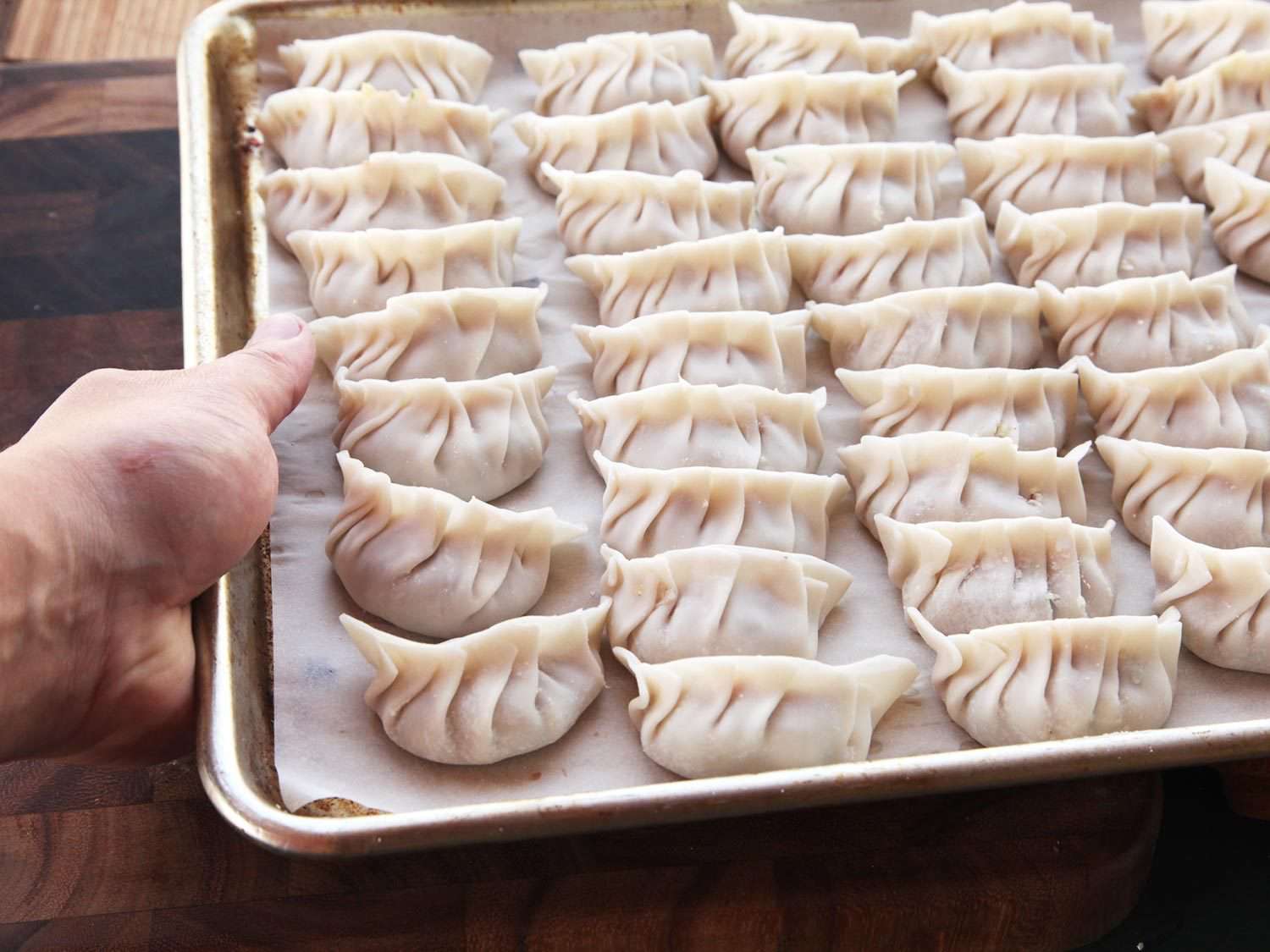
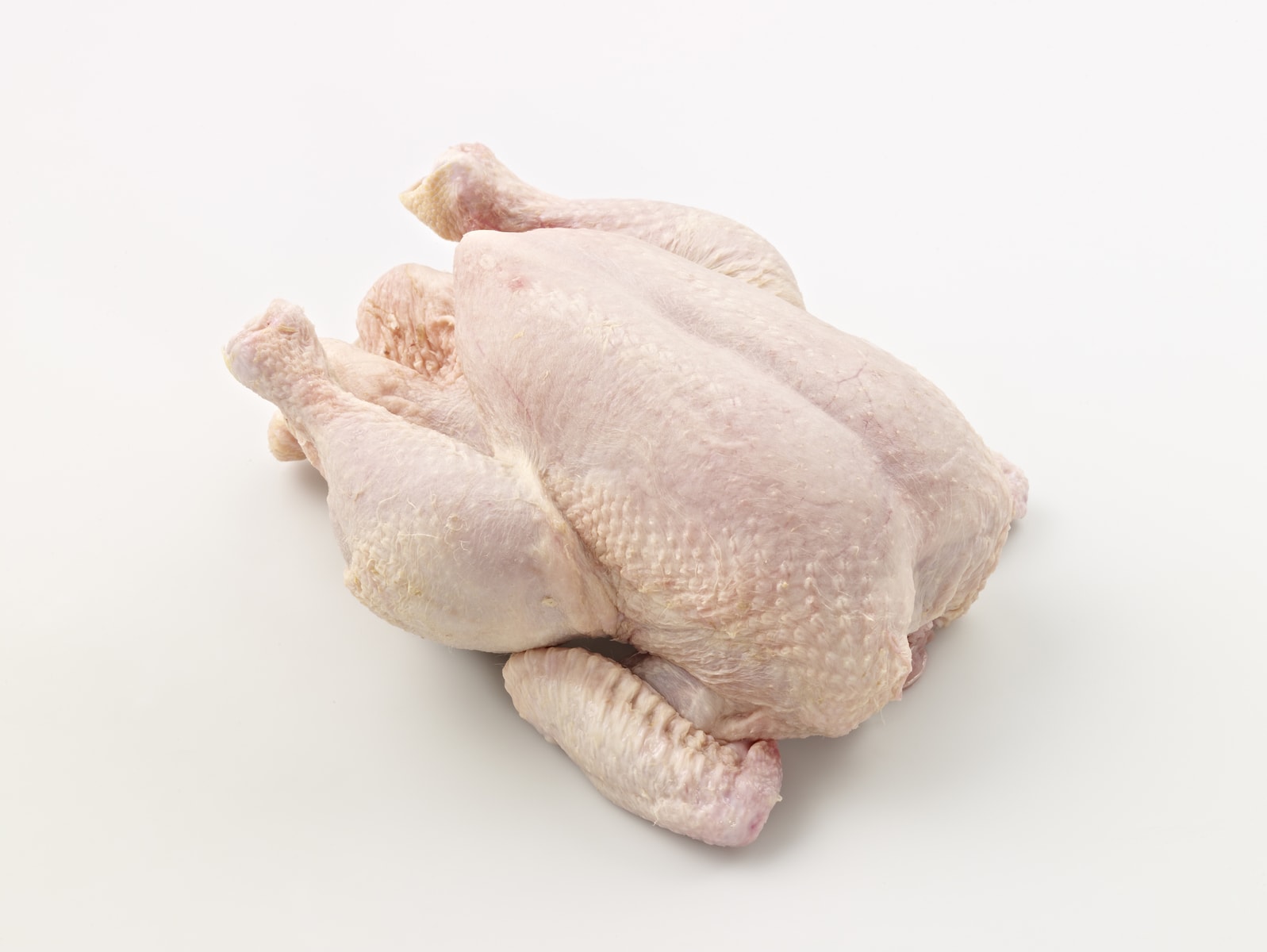
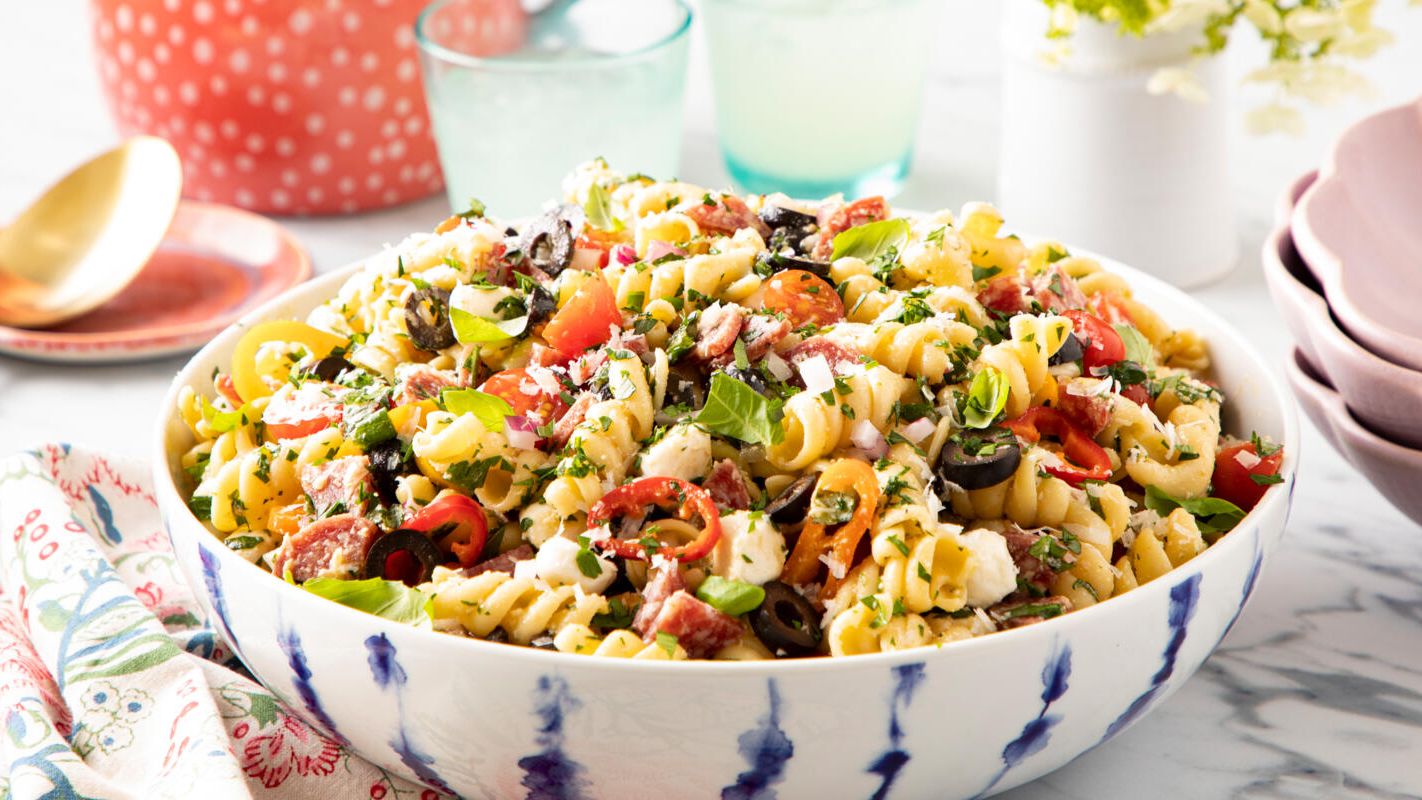
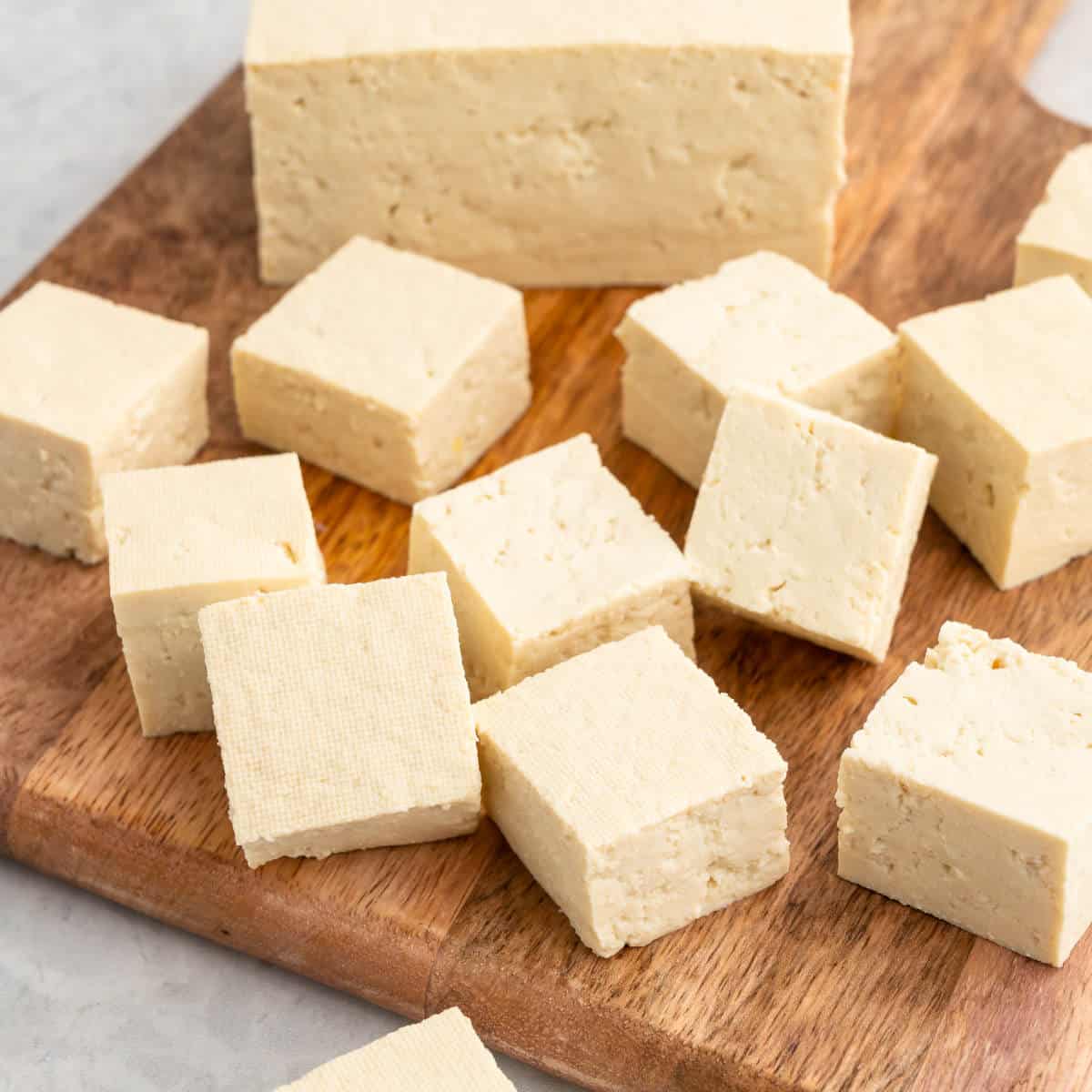

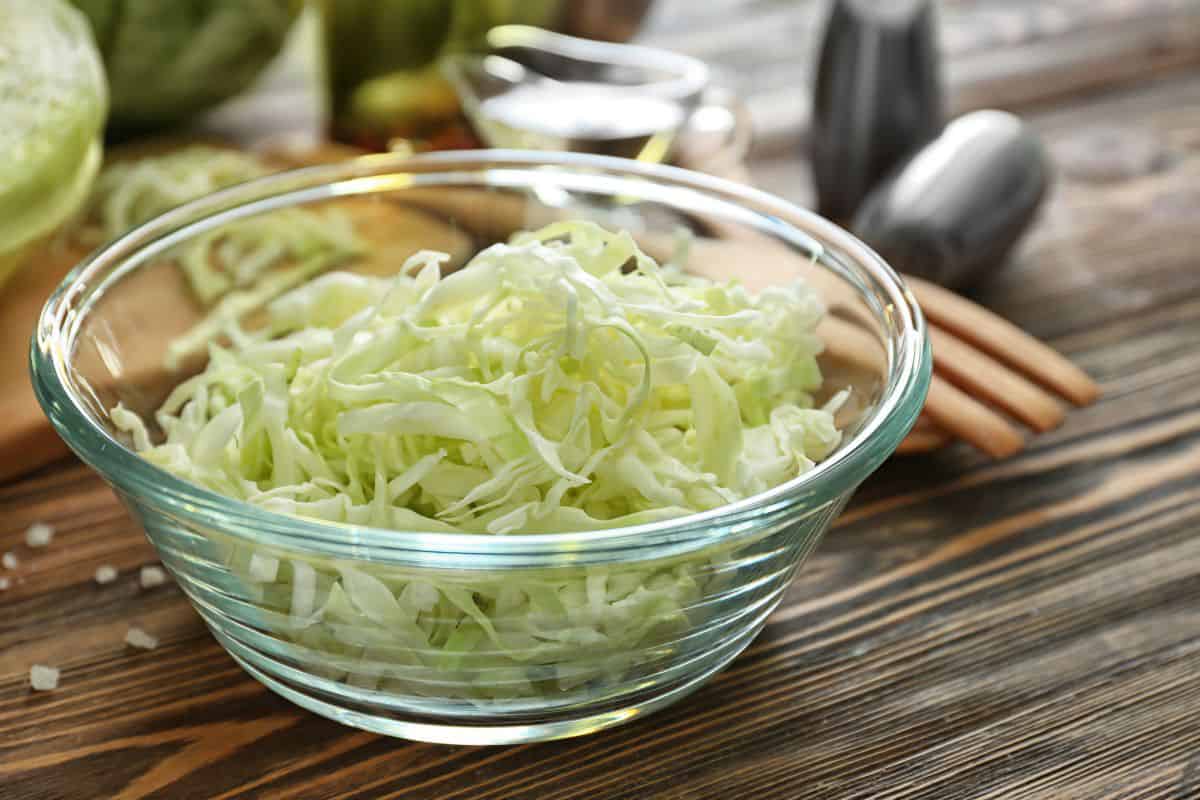
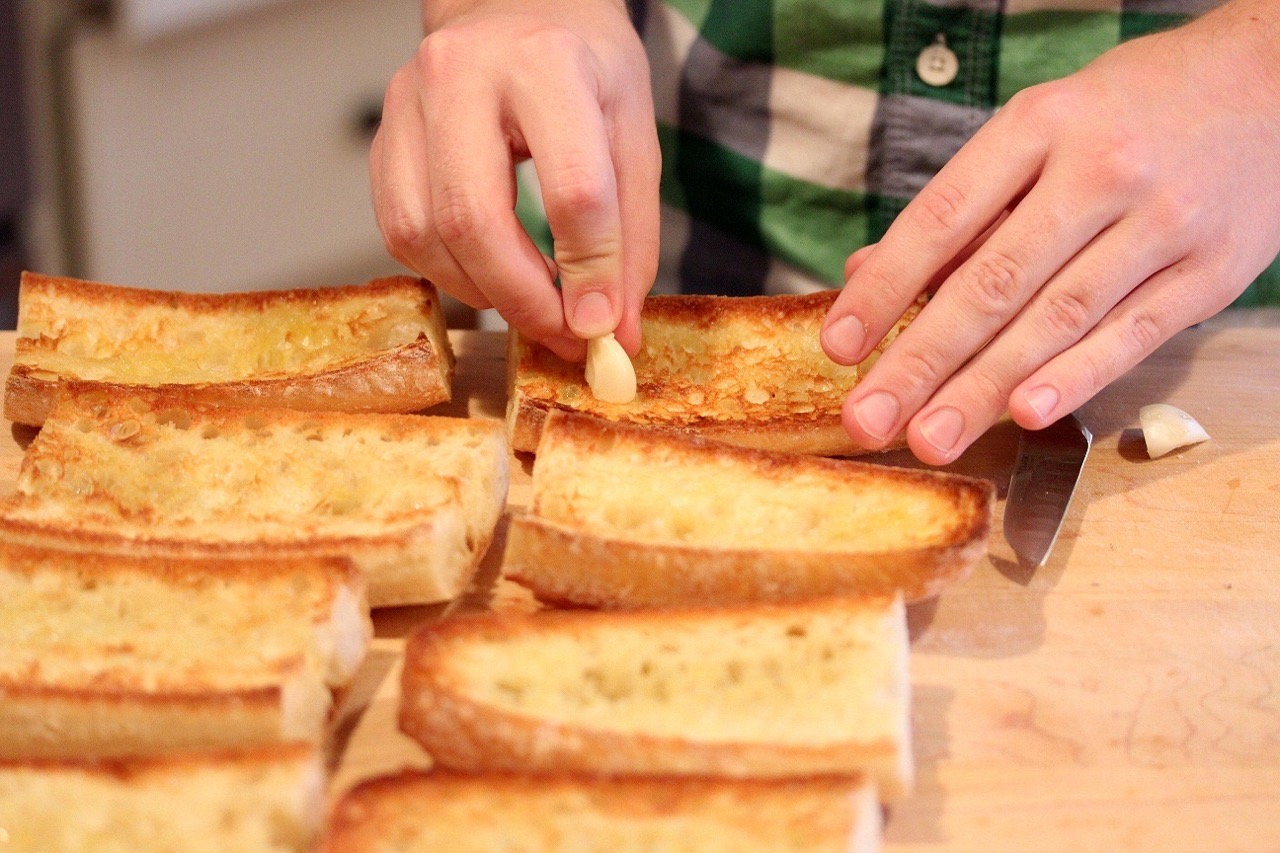
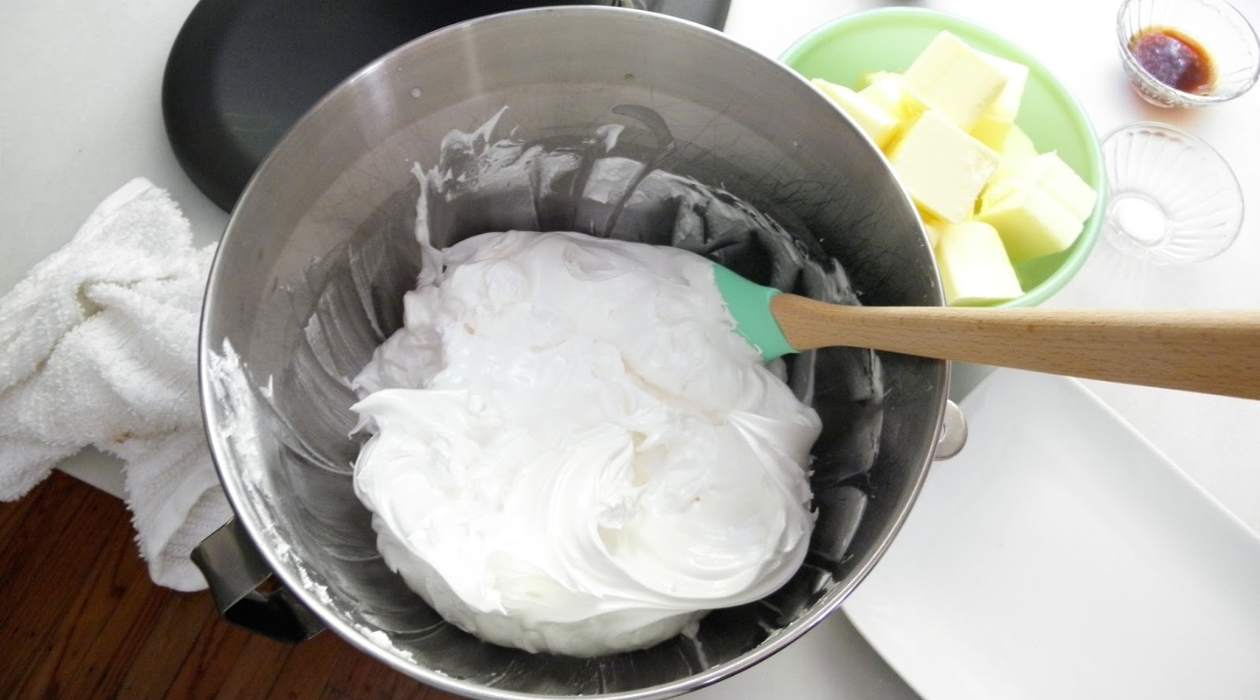
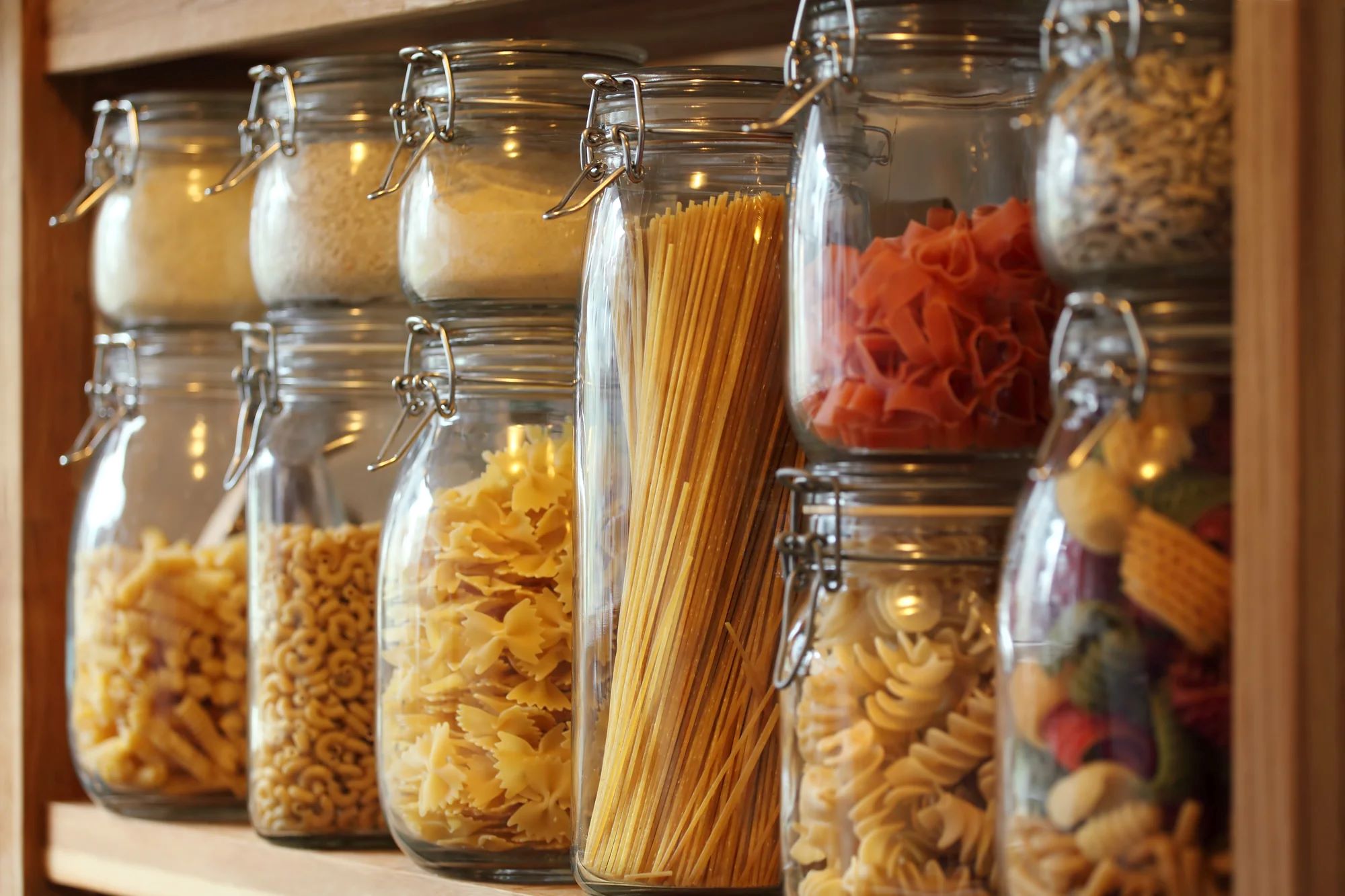
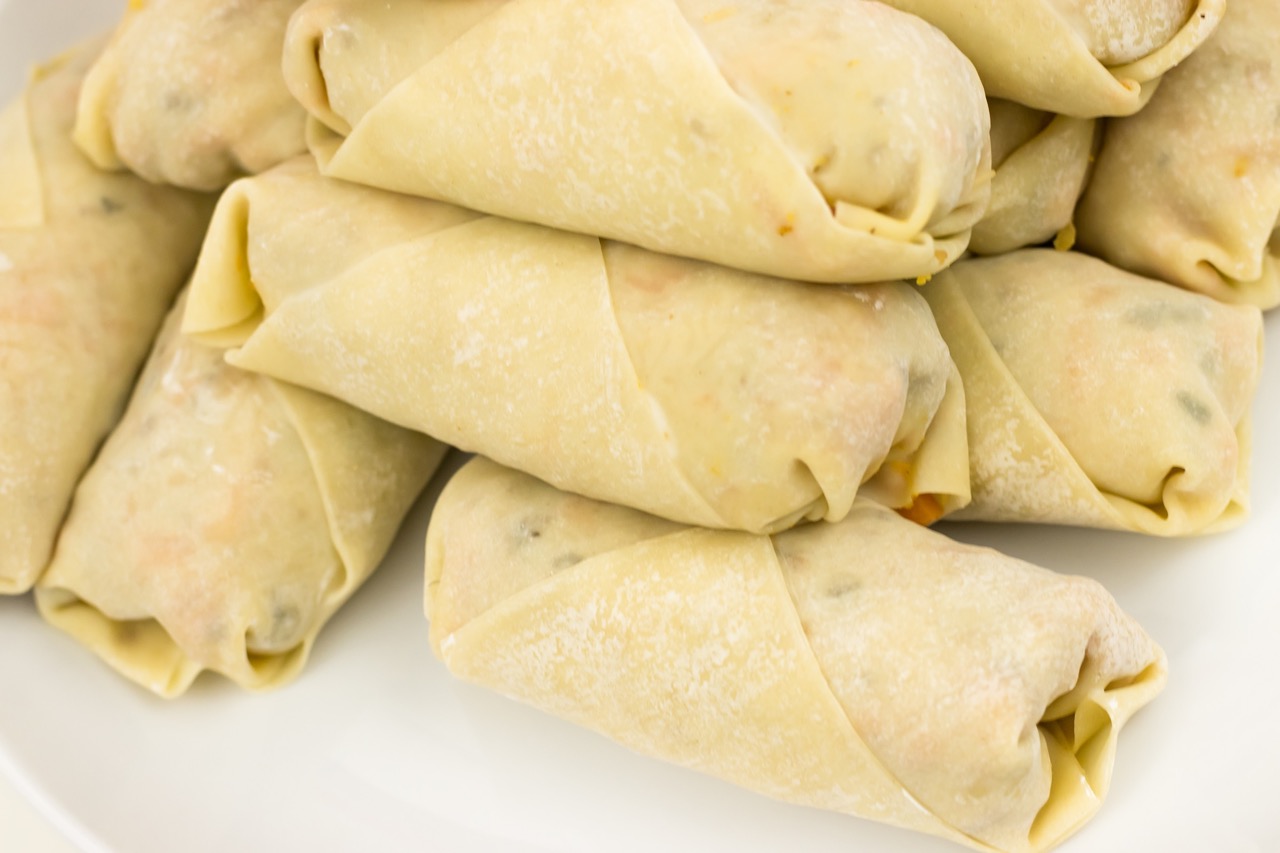
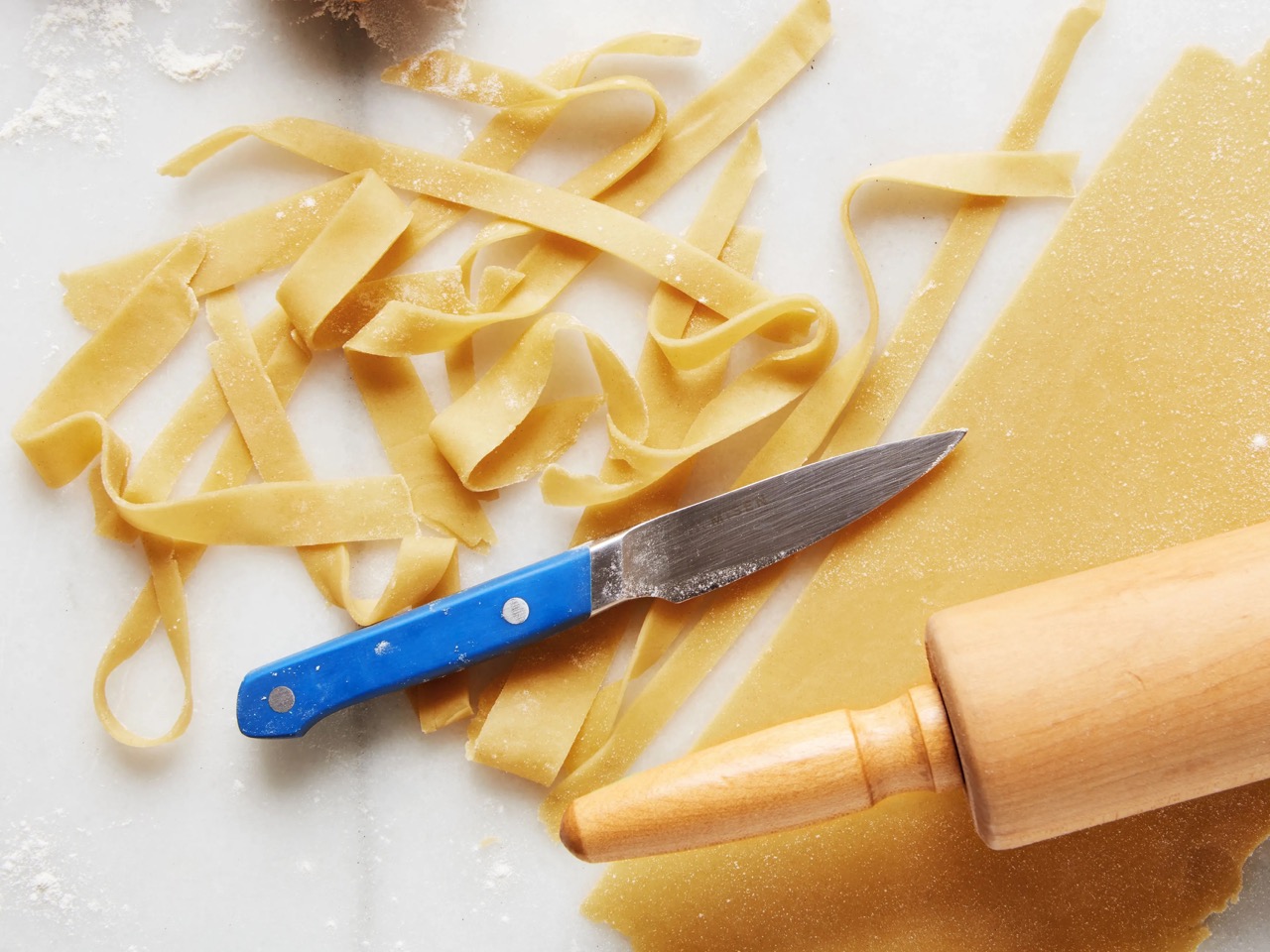
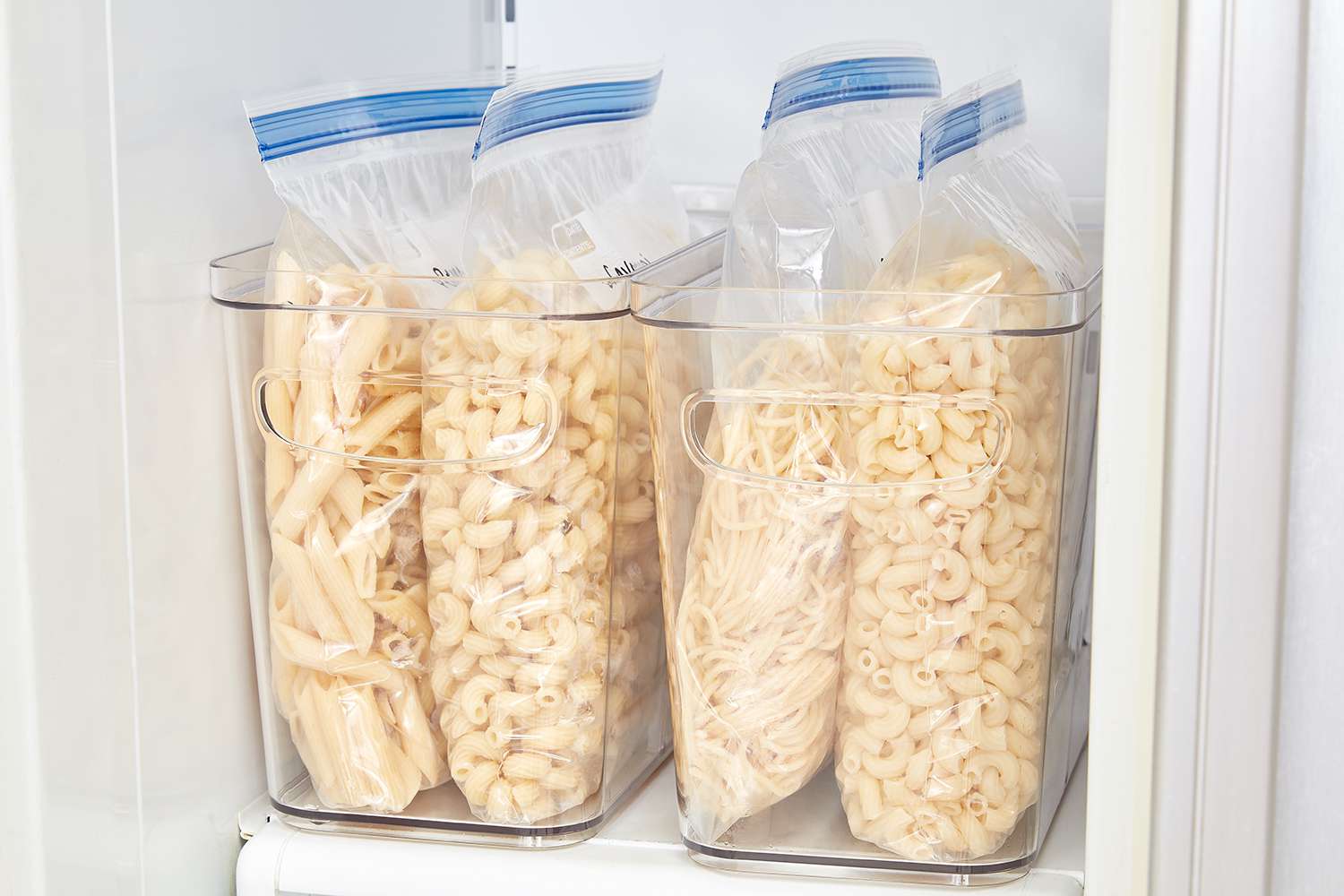
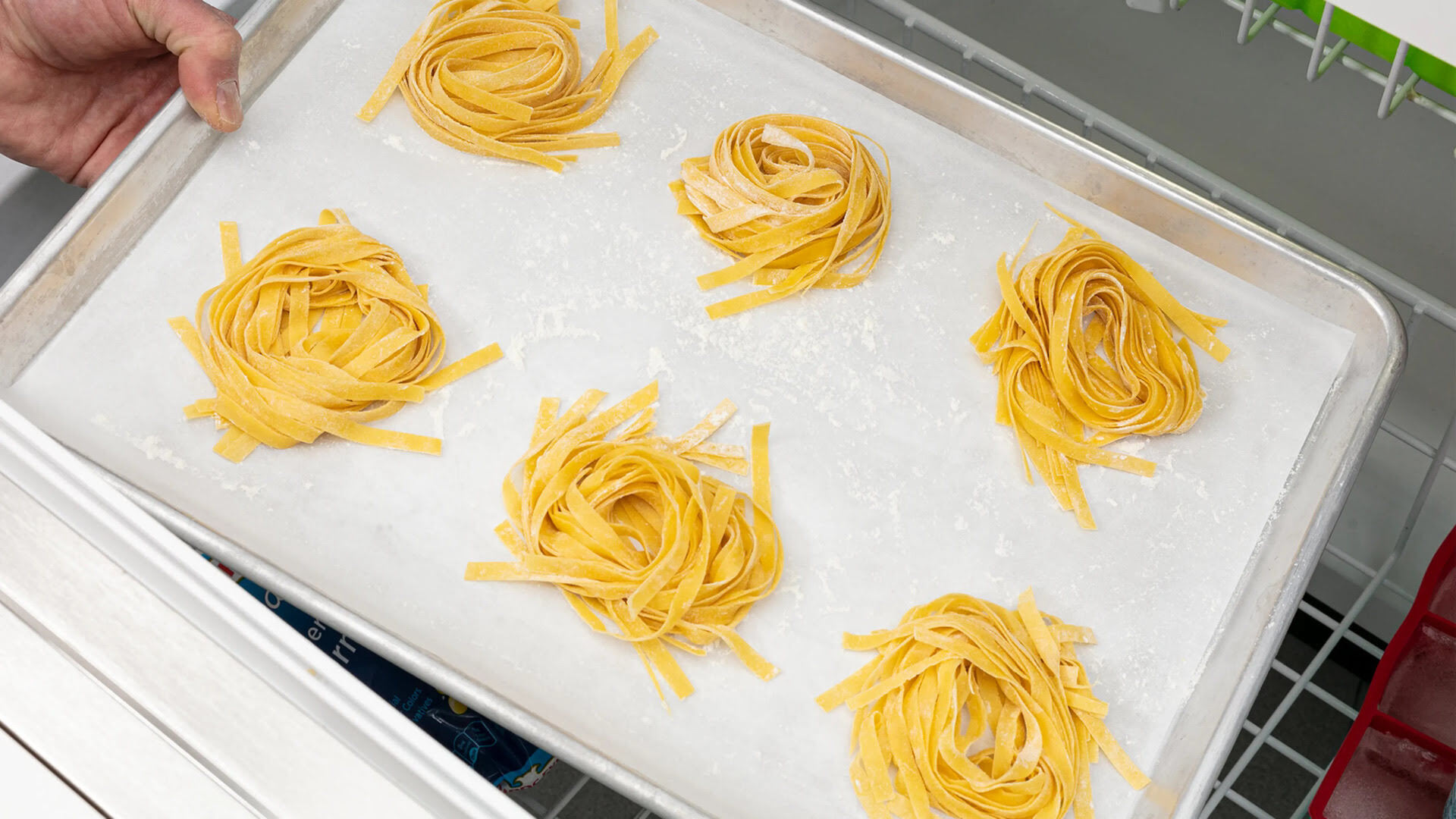
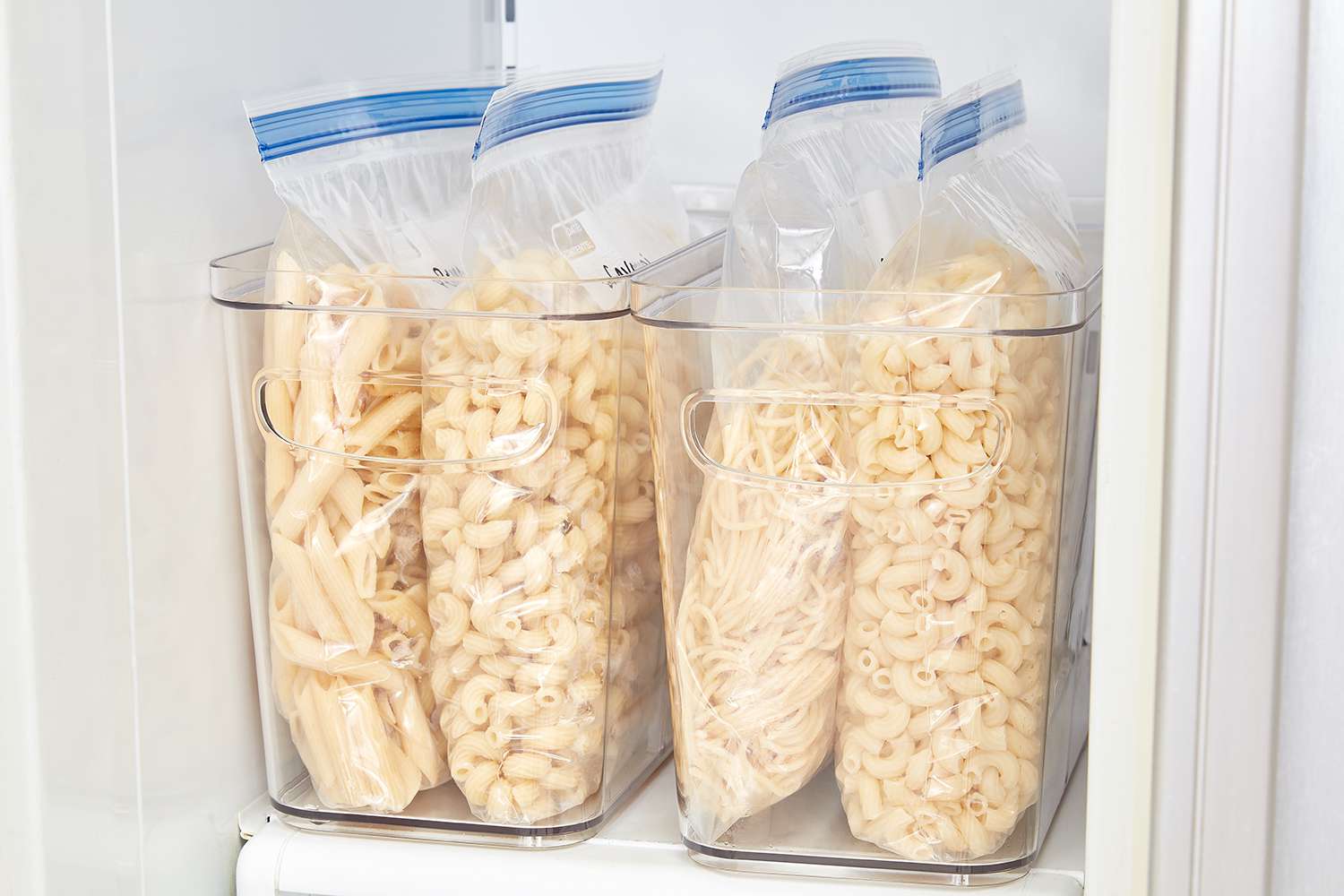

0 thoughts on “How To Store Uncooked Pasta”